Understanding Sliding Partition Walls
What is a Sliding Partition Wall?
A sliding partition wall is an innovative interior design solution that introduces greater flexibility into space management. Unlike traditional fixed walls, sliding partition walls can be moved or reconfigured to create different room layouts as required. These walls can be made of various materials including wood, glass, and composite materials, enabling a broad array of aesthetic choices that complement modern decor.
Benefits of Installing Sliding Partition Walls
Sliding partition walls come with a myriad of benefits that cater to both residential and commercial applications. Some of the key advantages include:
- Space Optimization: They allow for the efficient use of space, making them ideal for small areas that require multifunctionality.
- Flexible Layouts: Easily adjustable, these walls enable homeowners and business owners to modify their layout without extensive renovations, thus promoting creativity in space design.
- Cost-Effectiveness: Compared to constructing new walls, installing sliding partitions often costs less and requires less time, providing a quick solution to changing space needs.
- Improved Aesthetics: Available in various styles, sliding partition walls can enhance the visual appeal of a space, creating a modern and sophisticated look.
- Acoustic Control: Many sliding partition walls come equipped with soundproofing options, ensuring privacy and noise reduction.
Key Materials and Design Considerations
The choice of materials is crucial for the effective functionality and aesthetics of sliding partition walls. Common materials include:
- Glass: Offers a sleek, modern look while maintaining an open feel. Ideal for spaces that require natural light and visibility.
- Wood: Provides warmth and durability, suitable for residential settings.
- Composite Materials: These can mimic the appearance of wood or glass while being more lightweight and often more affordable.
When designing sliding partition walls, consider factors such as:
- Track Systems: Choose between ceiling-mounted or floor-mounted tracks based on the architectural needs of your space.
- Size and Scale: Ensure that the dimensions fit well into the space without making it feel cramped or disproportionately large.
- Finishes: Select finishes that complement your existing interior, whether it’s matte, glossy, or textured.
- Accessibility: Design walls that are easy to operate for all users; this is especially important in commercial settings.
Applications of Sliding Partition Walls
Residential Spaces: Optimizing Your Home Layout
In residential settings, sliding partition walls can transform an entire living area. For example, they can be used to create designated spaces in open-plan homes, such as separating a home office from a living room or a play area for children. Sliding walls can also adapt to different life stages, enabling homeowners to repurpose rooms as family needs change.
Consider these practical implementations:
- Creating Private Spaces: Use sliding panels to create temporary guest rooms or children’s play areas that can be closed off when not in use.
- Dividing Multifunctional Areas: In a studio apartment, sliding walls can delineate the sleeping space from the living area, enhancing functionality without sacrificing style.
Commercial Uses: Creating Flexible Work Environments
In the commercial world, flexibility is key. Sliding partition walls present an excellent solution for offices that require adaptable working environments. With the rise of remote working trends, businesses are increasingly looking for ways to maximize their available workspace. Sliding walls can help:
- Facilitate Collaborative Spaces: Create open areas for team discussions and convert them into boardrooms when necessary.
- Enhance Privacy: Use sliding partitions during meetings or calls, allowing for private discussions without the need for isolation.
Event Spaces: Maximize Utility and Aesthetics
Event venues can significantly benefit from sliding partition walls. From wedding receptions to corporate events, the need for adaptable spaces is paramount. Partition walls allow for:
- Quick Reconfiguration: Adjust space layouts rapidly to accommodate varying group sizes or types of events.
- Dynamic Presentation Areas: Set up different zones for speakers, exhibitions, and social interactions, all while maintaining a cohesive aesthetic.
Comparing Sliding Partition Walls with Other Room Dividers
Sliding Walls vs. Fixed Walls
When deciding on room dividers, one must weigh the pros and cons of sliding walls versus fixed walls:
- Flexibility: Sliding walls offer adaptability that fixed walls simply cannot provide. They can be opened or closed based on immediate needs.
- Aesthetic Appeal: Sliding walls can create a more modern and open environment, thereby enhancing the overall aesthetic compared to static structures.
- Cost and Installation: Fixed walls require material costs, labor, and extended project timelines, while sliding walls typically can be installed more quickly and often at a lower price point.
Cost-Effectiveness: Budget-Friendly Options
Budgetary constraints are a crucial factor in any home or business improvement project. Sliding partition walls can often be a more cost-effective solution. Here’s how:
- Lower Installation Costs: Sliding walls often require minimal structural work compared to building new fixed walls, potentially saving thousands in labor costs.
- Reduced Material Usage: By requiring fewer materials, sliding partition walls can be a more economical option without sacrificing quality.
- Long-term Flexibility: The ability to easily reconfigure space can save money in the long run as needs evolve.
Acoustic Features: Sound Insulation Benefits
Sound insulation is often a primary concern when dividing spaces, especially in environments like offices or homes. Sliding partition walls can be designed with acoustic properties that offer:
- Better Sound Control: Many manufacturers provide options that integrate sound-dampening materials into the partition structure.
- Privacy Assurance: Sliding walls effectively minimize distractions from ambient noise, which is particularly beneficial in open office layouts or shared living spaces.
Installation Tips for Your Sliding Partition Wall
Step-by-Step Installation Guide
Installing a sliding partition wall involves several steps, which should be performed carefully to ensure a successful outcome. Here’s a simple guide to get you started:
- Measure Your Space: Accurate measurements are crucial. Determine where you want the partition and ensure it fits well without encroaching on existing structures.
- Select the Right Materials: Choose materials and finishes that meet both your functional and aesthetic needs.
- Purchase Necessary Hardware: Ensure you have all required tracks, rollers, and fasteners before starting the installation.
- Install the Track System: Follow manufacturer guidelines to attach tracks securely, whether floor-mounted or ceiling-mounted.
- Hang the Panels: Once the tracks are installed, hang the sliding panels, ensuring they move smoothly across the tracks.
- Finalize with Trims: Add any necessary trims or gaps for a clean finish, ensuring both functionality and aesthetics.
Common Mistakes to Avoid
During the installation of sliding partition walls, certain pitfalls should be avoided to ensure the success and longevity of the installation:
- Incorrect Measurements: Always double-check your measurements to avoid costly errors.
- Neglecting Wall Structure: Ensure that any electrical or plumbing considerations are accounted for when placing your tracks.
- Forgetting About Weight: Consider the weight of the materials chosen and ensure the track system can support them effectively.
Maintenance and Upkeep Recommendations
To ensure the longevity and performance of sliding partition walls, regular maintenance is necessary. Here are key tips to keep them in optimal condition:
- Regular Cleaning: Dust and debris can affect movement; regularly clean tracks and panels to ensure smooth operation.
- Check for Damage: Periodically inspect for wear-and-tear or misalignment, addressing issues immediately before they escalate.
- Lubricate Tracks: Use silicone-based lubricants on tracks to ensure fluid movement; avoid using grease as it can attract dirt.
Design Inspirations and Trends
Modern Aesthetics for Sliding Partition Walls
Sliding partition walls have evolved far beyond basic functionality. Current trends focus on modern aesthetics that blend seamlessly with contemporary home and office designs. Consider the following:
- Minimalistic Designs: Clean lines and understated elegance are in vogue, often showcasing natural wood grains or sleek, frosted glass.
- Integrated Technology: Smart home integrations, such as automated sliding systems, bring a modern touch to functionality.
- Bold Colors: Incorporating vibrant colors or eclectic patterns lends personality and flair to otherwise neutral spaces.
Color and Texture Integrations
Color and texture play significant roles in enhancing the appeal of sliding partition walls. Here are current trends:
- Textured Surfaces: Panels with unique textures can add depth and visual interest, creating a focal point in the room.
- Contrast Color Schemes: Using contrasting colors can define areas within a larger space, differentiating functionally distinct zones.
- Natural Finishes: Emphasizing materials like reclaimed wood or brushed metal aligns with eco-friendly design principles and promotes sustainability.
Eco-Friendly Options in Design
There is a growing demand for sustainable building materials, and this extends to sliding partition walls. Key eco-friendly options include:
- Reclaimed Materials: Using salvaged wood or repurposed materials significantly reduces environmental impact.
- Low-VOC Finishes: Opt for finishes that release fewer volatile organic compounds, ensuring a healthier indoor atmosphere.
- Sustainable Manufacturing Practices: Research manufacturers who prioritize sustainability throughout their production processes.


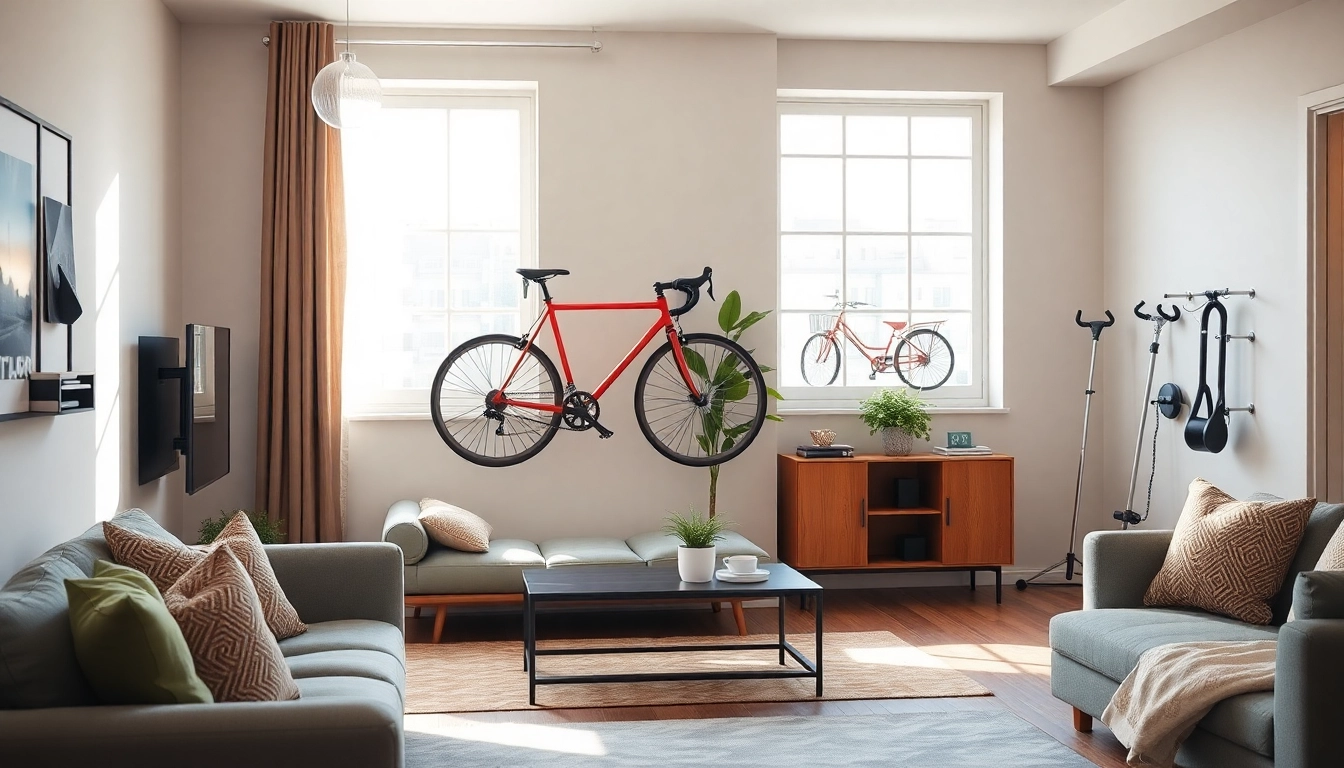
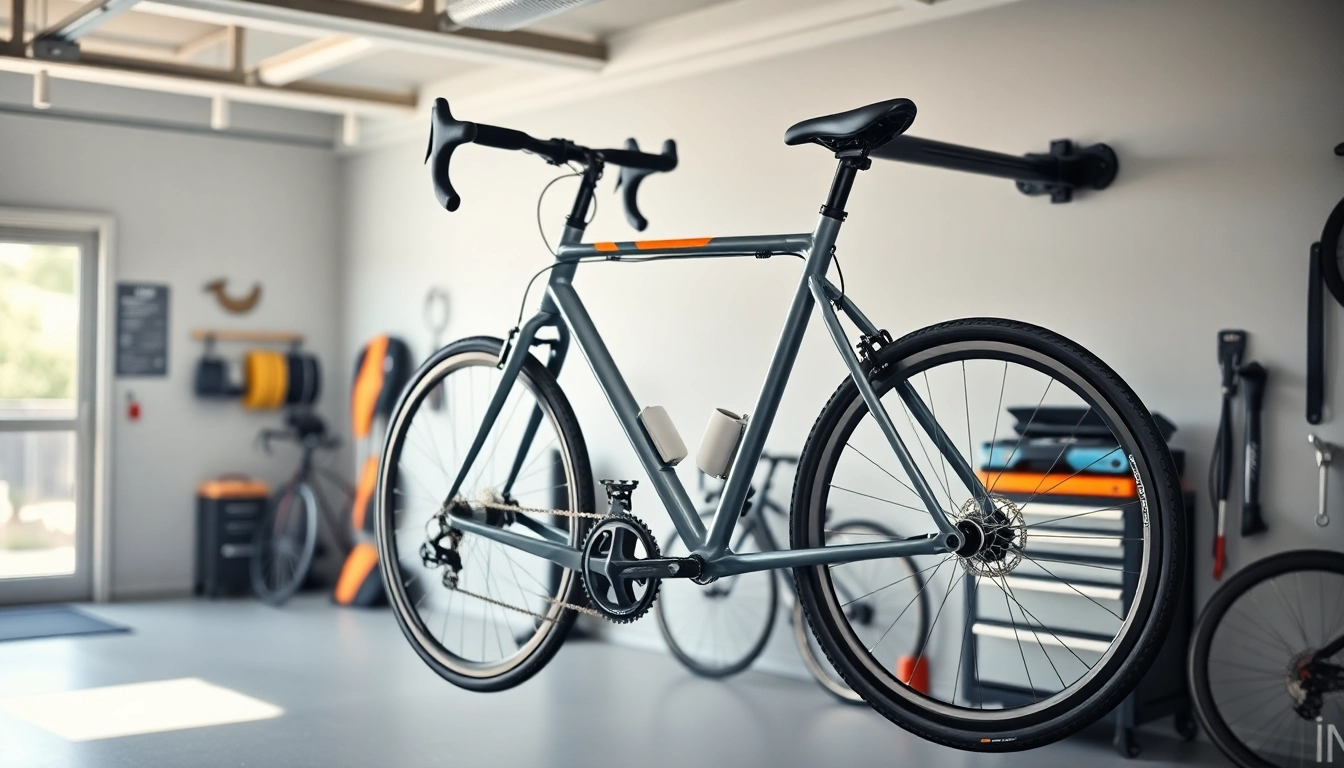
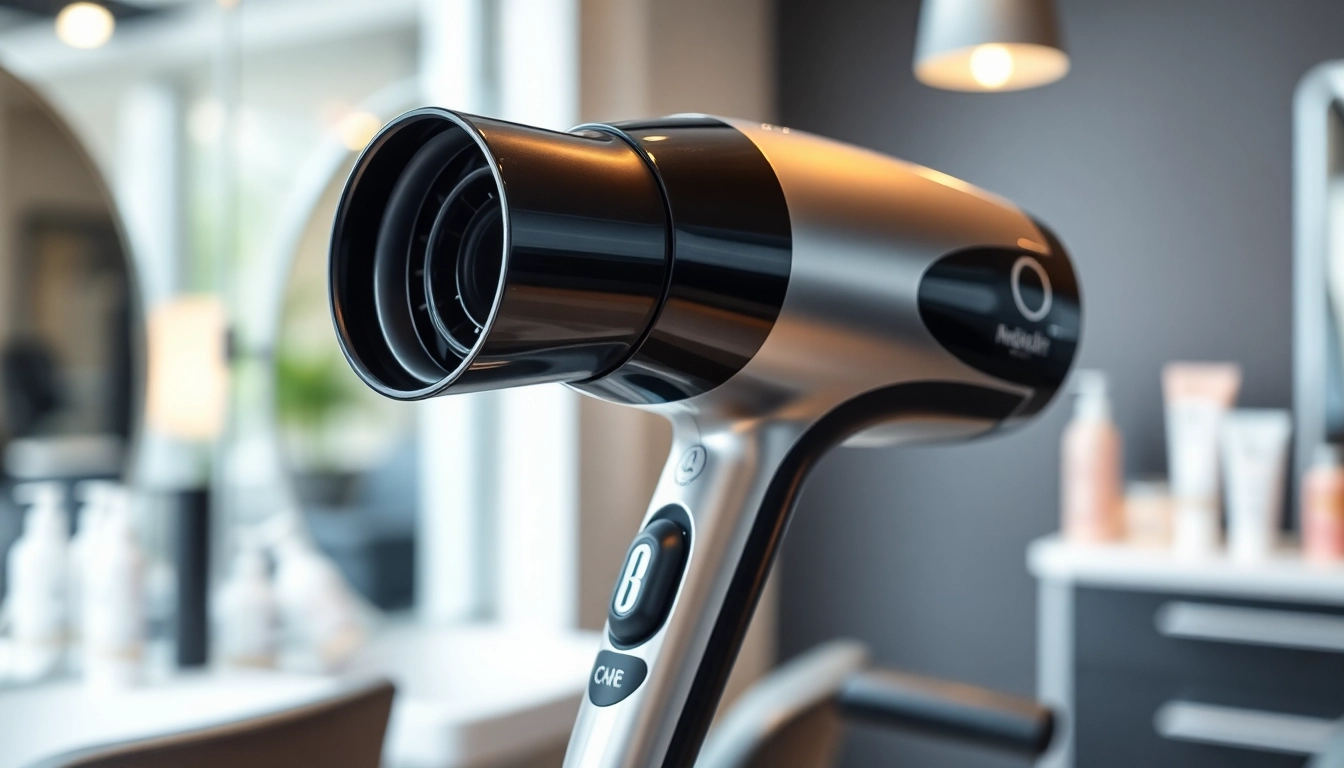

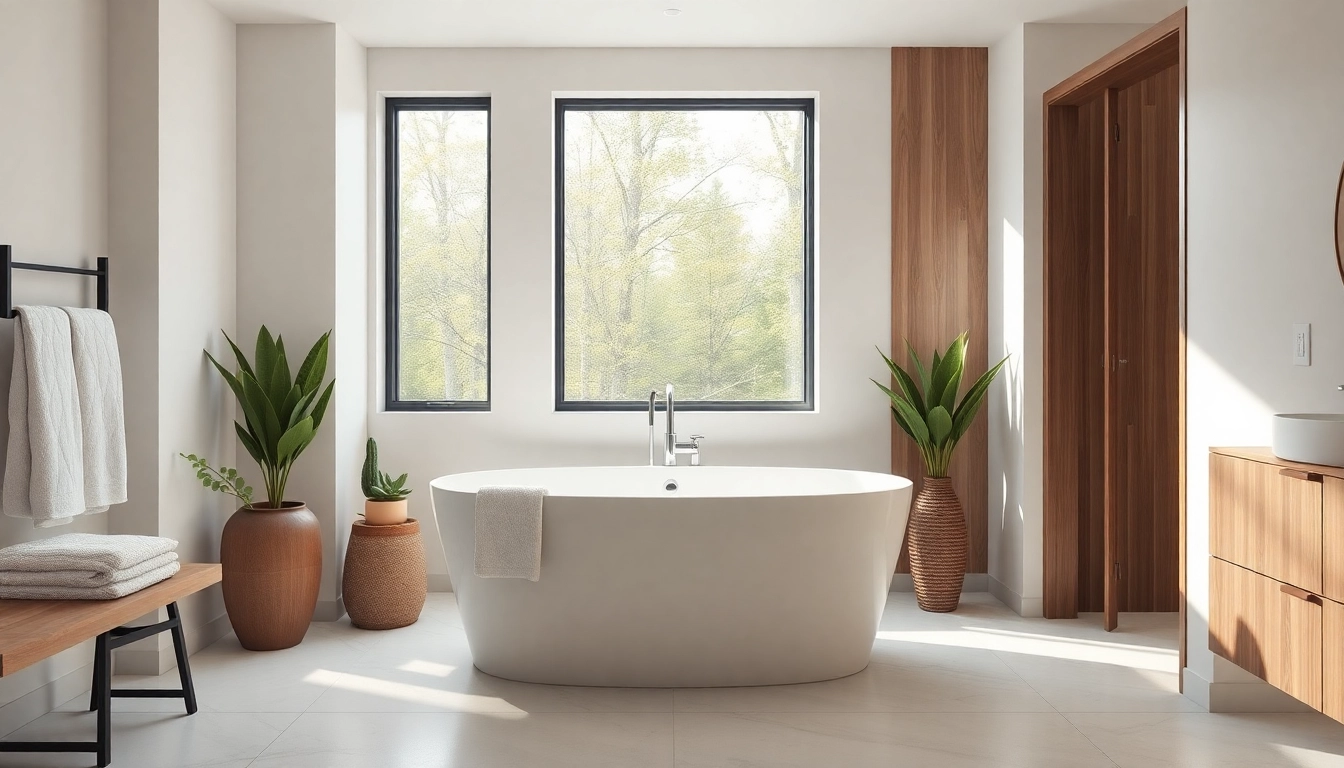






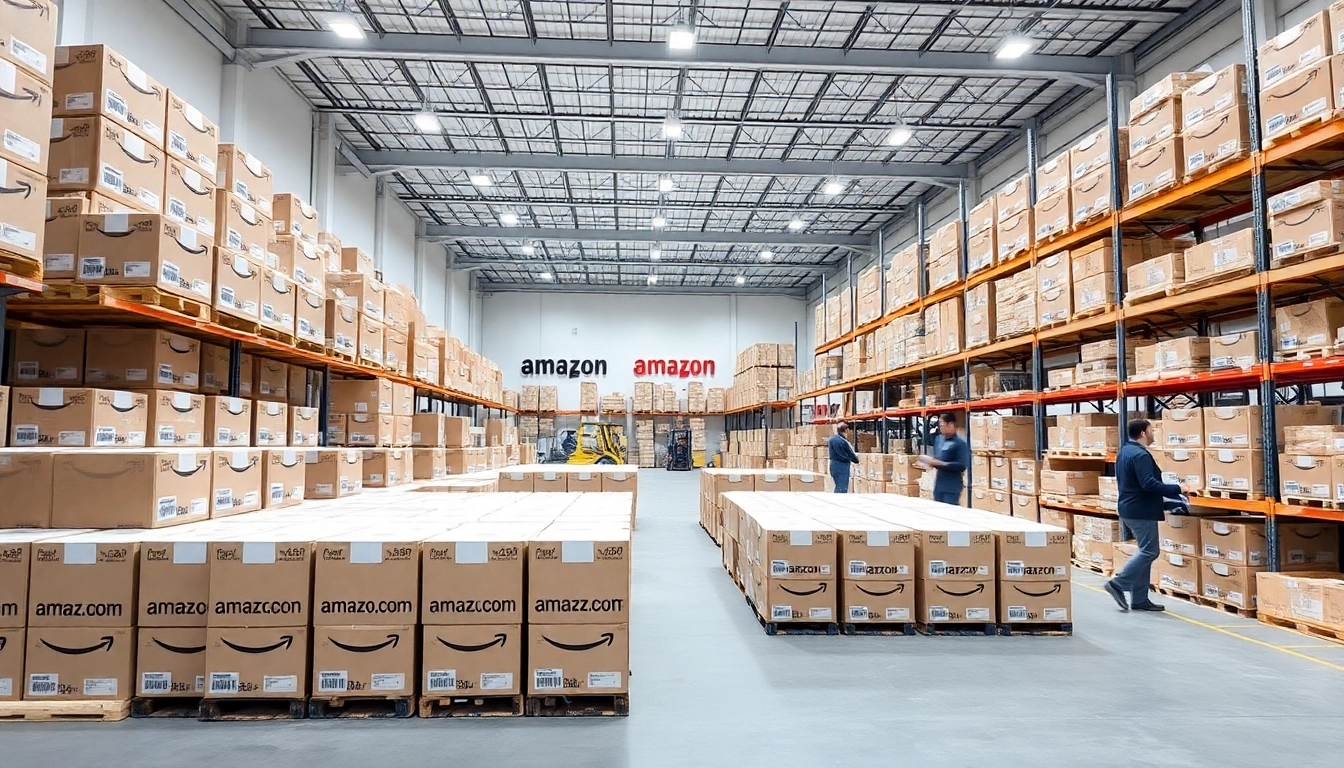

Leave a Reply